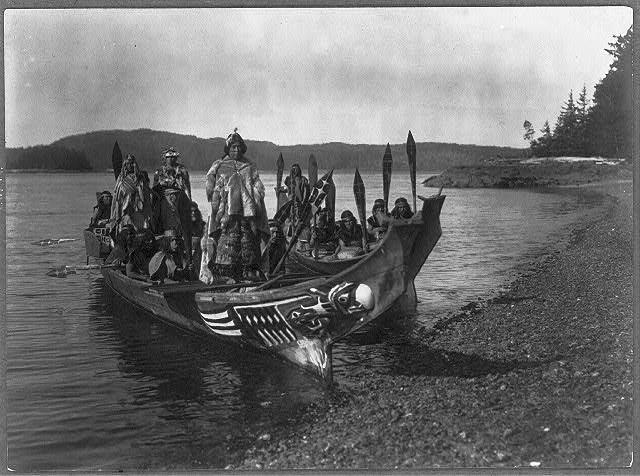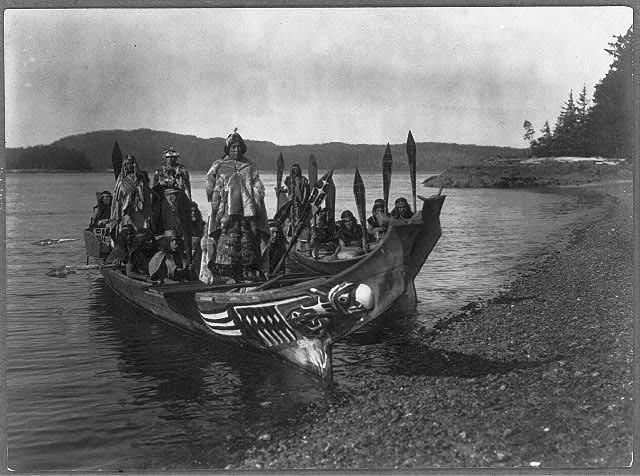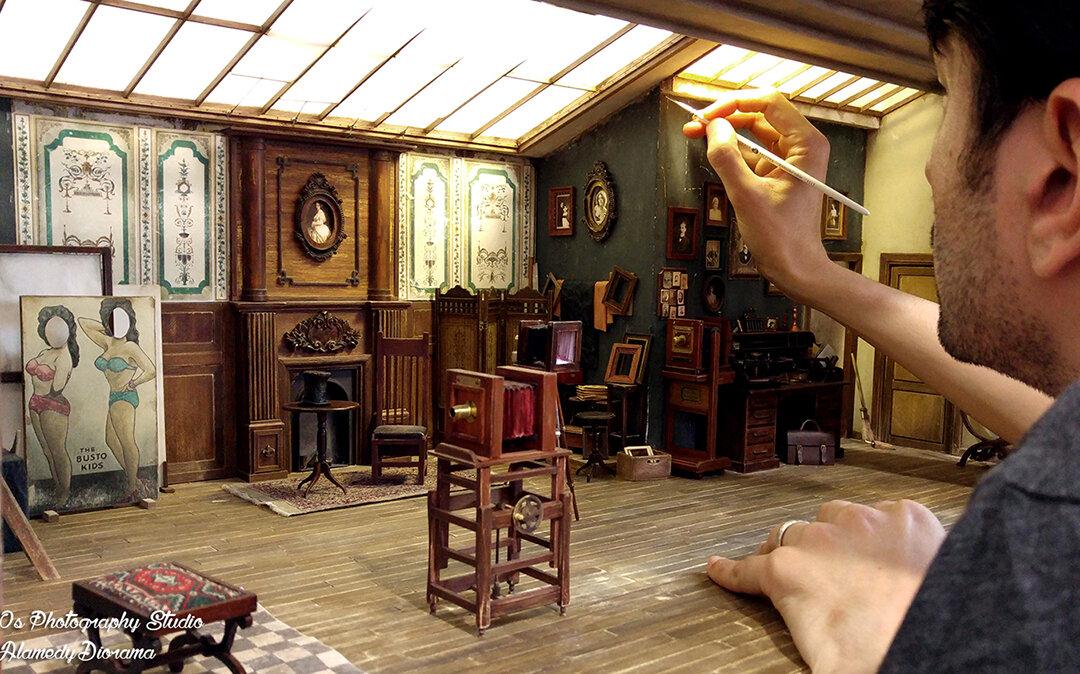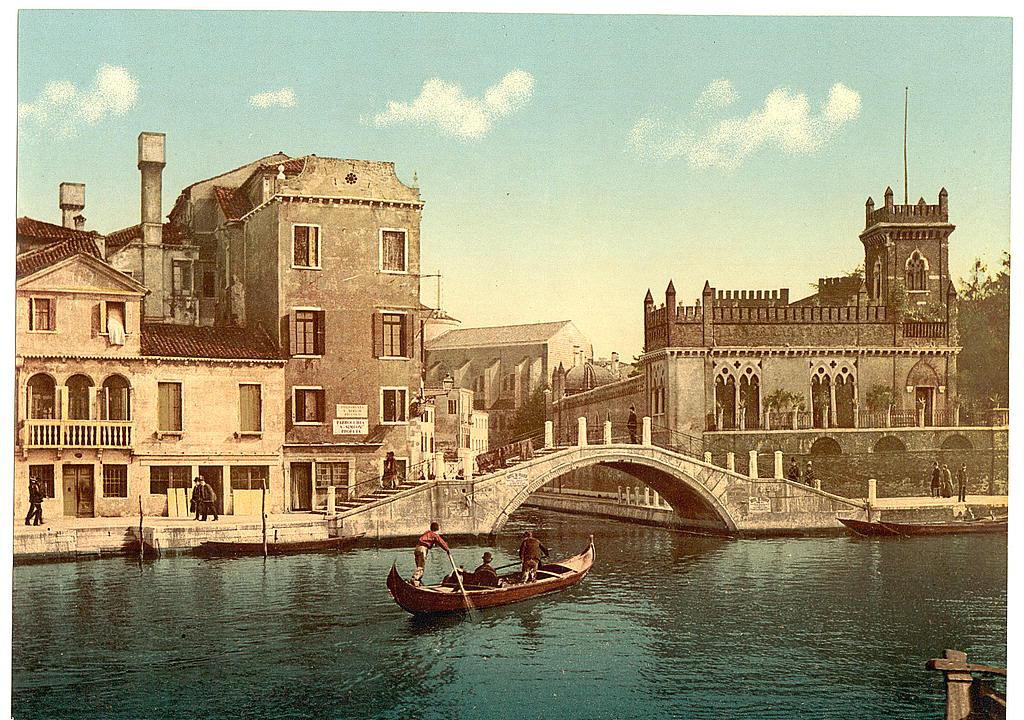Almost one hundred years ago, Russia was a very different country. An enormous empire spreading across Asia to northern Europe, it was home to different nationalities, tribes, and rulers.
When the revolutions in 1917 dismantled the Tsarist autocracy and established communism in Europe, many were forced to leave their country in order to escape the regime.
One of them was a renowned Russian photographer Sergey Prokudin-Gorsky (1863–1944), who years earlier became famous thanks to his color portrait of Leo Tolstoy. The photo was noticed by Tsar Nicholas II., who sent Prokudin-Gorsky on the trip of his life.
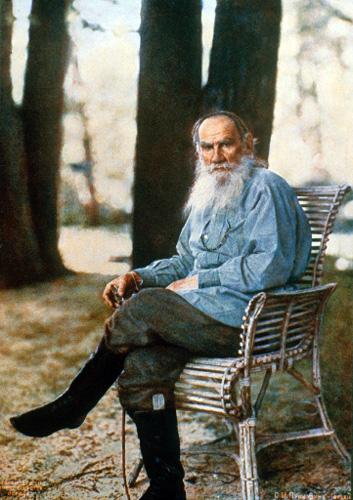
Lithograph print of photograph Leo Tolstoy by Prokudin-Gorsky, 1908, the first color photo portrait in Russia. Public domain


